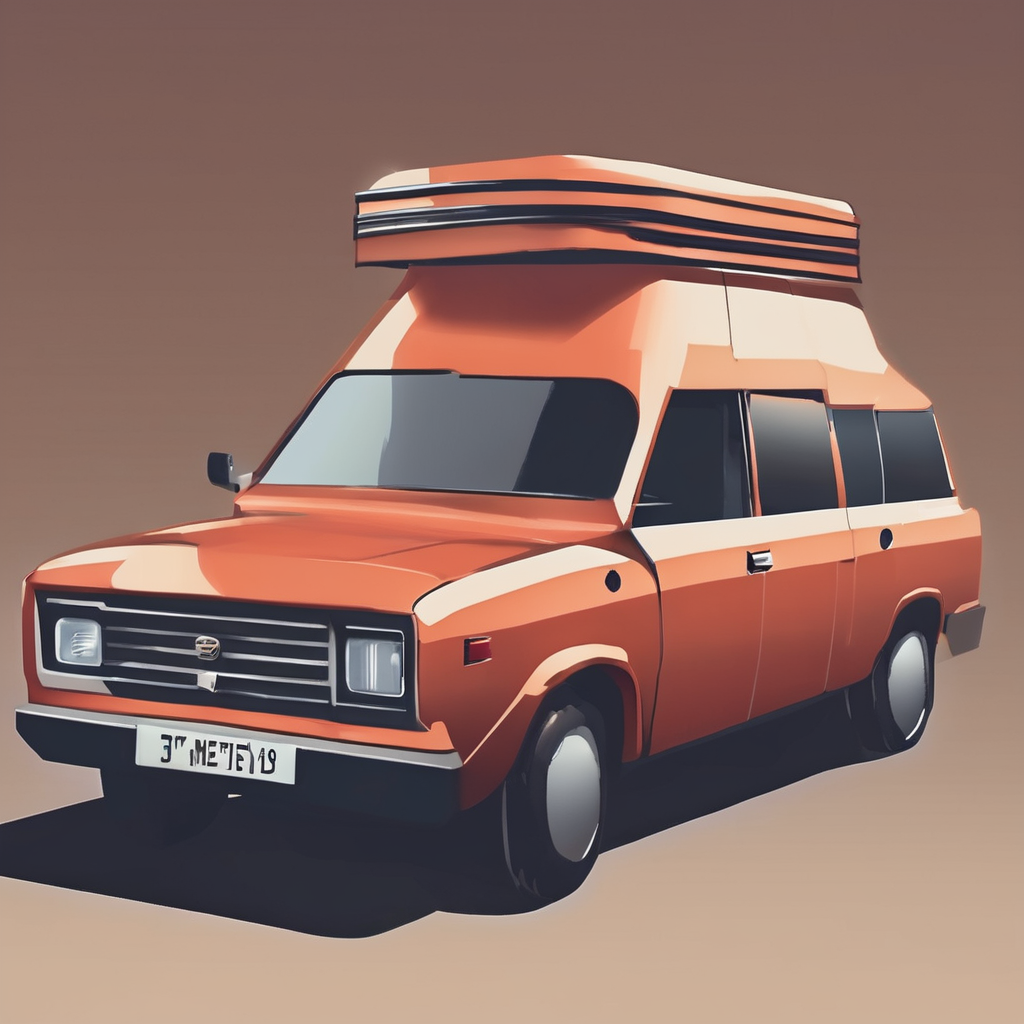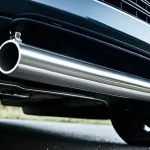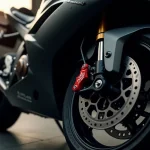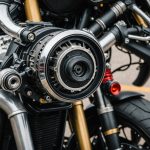Essential tools and preparation for headlight alignment
Aligning headlights correctly demands the right headlight alignment tools and thorough vehicle preparation. For classic British cars, specific tools are essential: a headlight aiming screen or target board, a spirit level, a tape measure, and a wall or flat surface to project the headlight beams onto. Using precise tools ensures the beams fall within the legal limits defined by UK road standards.
Before starting alignment, classic car preparation cannot be overlooked. Clean headlights and the front of the vehicle meticulously to avoid distorted or weakened light output. Check suspension for sagging or wear, which can misalign headlights as the car sits unevenly. Similarly, verify and adjust tyre pressures to the manufacturer’s recommended levels, as uneven tyres can tilt the car and skew the beam pattern.
Also read : Ingenious techniques to keep high-performance british racing car transmissions cool and efficient
UK-specific preparation practices also include verifying that headlights themselves are compliant with local regulations. This means confirming bulb types, lens conditions, and beam patterns meet the UK’s standards for on-road use. Neglecting these preparation steps can lead to ineffective alignment and potential legal issues. Combining the right tools with careful preparation sets the stage for precise and safe headlight alignment on classic British vehicles.
Understanding UK legal requirements for headlight alignment
Proper headlight alignment is critical for ensuring safety and meeting the UK’s strict road compliance standards. The UK mandates specific MOT headlight standards to guarantee that all vehicles, classic or modern, emit light within regulated parameters. Misaligned headlights can cause glare, reducing visibility for other road users and potentially leading to MOT failures.
Have you seen this : Winning the race: innovative gear ratio techniques for british racing cars
Legal beam patterns, defined by UK regulations, dictate the angle and spread of the headlight beam. These patterns ensure that the beam illuminates the road without dazzling oncoming traffic. Classic vehicles are subject to the same legal beam patterns requirements as contemporary cars, but allowances exist for original equipment types, provided they still meet intensity and positioning rules.
The UK government’s compliance documents specify acceptable levels of headlight intensity and alignment tolerances during MOT testing. These documents stress that headlights must be adjusted so their beams lie within a predefined zone, ensuring clear road illumination without endangering others. Maintaining alignment in accordance with these standards is essential for any driver looking to pass the annual MOT and drive legally on UK roads.
Step-by-step guide to aligning headlights on classic British cars
Proper headlight alignment is vital for safety and compliance, especially with classic British cars that often require more careful adjustments. Start by setting up a clear, level workspace at least 7.6 meters (25 feet) from a flat wall or garage door, as this distance meets the UK measurements standards for accurate beam pattern assessment. Next, mark the wall with horizontal and vertical reference points corresponding to the centre and height of the car’s headlight bulbs.
To measure the beam pattern, switch on the headlights and observe the illuminated spots on the marked wall. The beam should not exceed the legally mandated angles: the top cutoff line typically slopes downward and to the right for right-hand drive vehicles, while the horizontal cut-off must reflect proper left-to-right alignment. Precise markings help in comparing the beam against these UK measurements reliably.
Adjust the vertical and horizontal settings using the screws or bolts specific to your classic British car’s headlight assembly. Vertical alignment controls how high the beam points, while horizontal adjustment ensures the light is centered and directed correctly. Iteratively tweaking these settings, checking the pattern after each change, is the essential headlight alignment process to achieve correct illumination without dazzling other drivers.
Troubleshooting common alignment challenges in vintage vehicles
Classic car issues often stem from uneven suspension and aged headlight mounts, both of which can cause persistent alignment problems. Over time, suspension components may wear unevenly, leading to headlights that sit at different heights or angles, which complicates achieving perfect beam alignment. Additionally, vintage headlight mounts are prone to loosening or corrosion, further shifting the headlamp position.
Another frequent challenge is the retrofitting of non-standard bulbs. When owners replace original bulbs with modern alternatives, this can cause beam scatter or irregularities, especially in classic British headlights designed for halogen or sealed-beam units. The mismatch affects the beam’s focus, often leading to diffused lighting or glare.
Diagnosing beam scatter requires careful inspection of both the mounting and the bulb. Realigning the lamp housing should be done in combination with checking the headlight’s aiming mechanism, which may be worn or imprecise in vintage vehicles.
To avoid common MOT failures related to headlights, ensure brightness and beam pattern comply with current standards. Adjust alignment carefully after repairs or bulb replacements. Regular maintenance of suspension and headlamp mounts will reduce the risk of these issues recurring, preserving both safety and compliance during inspections.
Practical tips and best practices for maintaining long-term headlight compliance
Ensuring your vintage headlights stay roadworthy
Maintaining vintage car headlight care requires consistent attention to preservation and compliance. Start with regular cleaning using gentle, non-abrasive products to avoid damaging aged lenses. Inspect sealed beam units or halogen bulbs for cloudiness or discoloration, common in classic British vehicles, which can reduce light output and fail MOT inspections.
Documenting any headlight alignment or adjustment work is crucial. Keep detailed records with dates, procedures, and any calibration measurements. This documentation not only supports your efforts during MOT tests but also helps track ongoing performance. Proper alignment is a frequent MOT tip to prevent automatic failures, as headlights must illuminate the road effectively without blinding other drivers.
When sourcing replacement parts, opt for components specifically designed for your car’s model year and compliant with current regulations. Authentic parts suppliers or specialists in classic British vehicles provide compliant bulbs and lenses, ensuring both aesthetic and functional compatibility. Quality aftermarket options may also be suitable if they meet regulatory standards. Prioritize products marked for road use to avoid unexpected MOT hurdles, supporting your ongoing headlight maintenance and ensuring lasting compliance over time.



